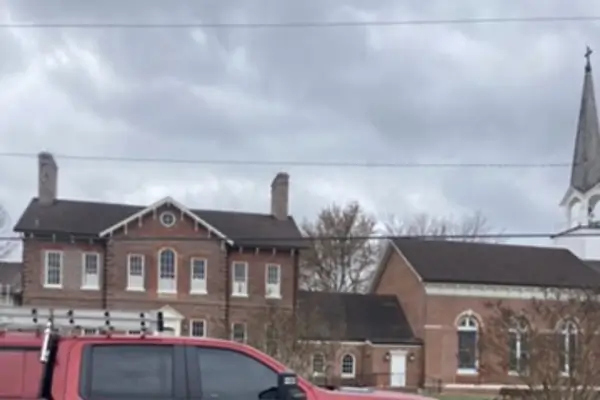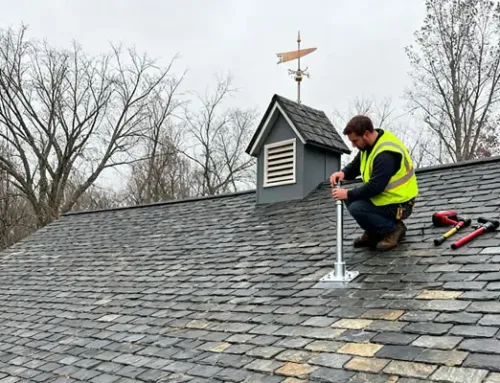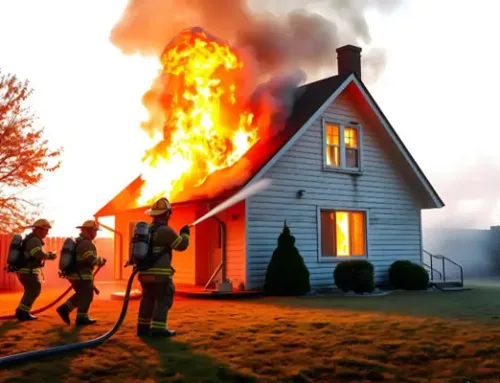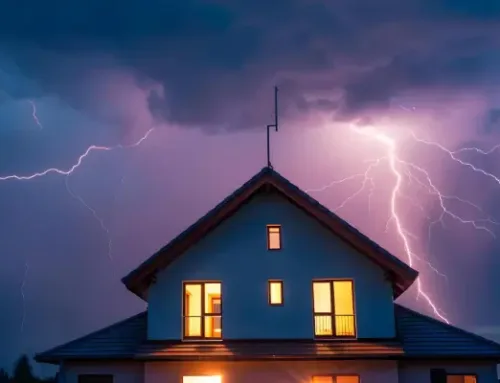How Many Lightning Protection Rods Do You Need for Your Home in Virginia, Maryland, South Carolina, North Carolina, and Georgia?
When it comes to severe weather, lightning is one of the most common and dangerous hazards in the southeastern and mid-Atlantic U.S. States like Virginia, Maryland, South Carolina, North Carolina, and Georgia frequently experience thunderstorms, especially in the summer months, making lightning protection systems essential for homeowners. A lightning strike can cause significant damage to your home’s structure, electrical systems, and even pose a serious safety risk to your family.
One of the key components of a lightning protection system is the lightning protection rod, or lightning conductor. But how many lightning rods do you need for your home in Virginia, Maryland, South Carolina, North Carolina, or Georgia? The number of rods required depends on several factors, including your home’s size, roof structure, and the specific lightning risk in your region. Let’s dive into the factors to consider when determining how many rods your home needs.
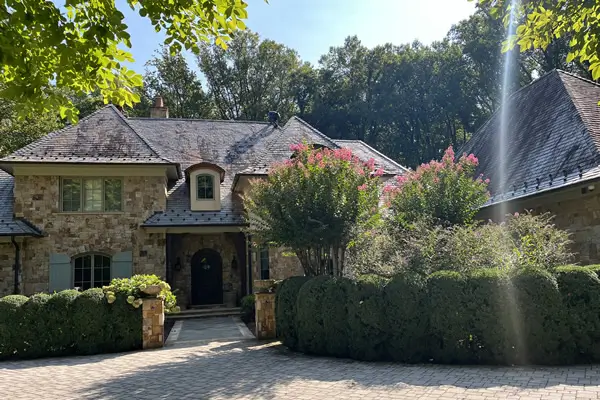
1. Roof Size and Shape
The size and shape of your roof are the primary factors in deciding how many lightning rods your home will need. Larger roofs, homes with multiple peaks, or more complex designs usually require additional lightning rods to ensure that every elevated point of the roof is properly covered.
For instance, a multi-story home or a home with multiple high points such as chimneys, dormers, or towers will need more rods placed at each of these elevated areas. Homes in Virginia, Maryland, South Carolina, North Carolina, and Georgia—regions where both modern and historic homes are common—will often require a customized lightning protection system to accommodate various roof types and features.
2. Spacing of Lightning Rods
Lightning rods should be spaced no more than 20-30 feet apart. This ensures that your entire roof is covered and reduces the risk of lightning bypassing the protection system.
In Virginia, Maryland, South Carolina, North Carolina, and Georgia, thunderstorms can occur frequently, especially during the warmer months. Proper spacing of rods is crucial to intercepting lightning strikes before they can reach your home. The rods should be placed at the highest points of your roof, including ridges, chimneys, and other elevated sections to ensure full protection.
3. Local Lightning Risk in Virginia, Maryland, South Carolina, North Carolina, and Georgia
While not as lightning-prone as some southern states, Virginia, Maryland, South Carolina, North Carolina, and Georgia still experience frequent and sometimes severe thunderstorms. Areas like the coastal regions of South Carolina and Georgia, as well as parts of North Carolina, are known for their active thunderstorm seasons, particularly in the summer.
For example, the central and western parts of North Carolina and South Carolina, as well as coastal areas of Georgia and Maryland, are at a higher risk for frequent thunderstorms and lightning strikes. If you live in these areas, installing a more extensive lightning protection system with additional rods is a smart choice.
4. Building Codes and Regulations in the Southeast and Mid-Atlantic
Each state, county, and municipality may have specific building codes related to lightning protection, especially in high-risk areas. While there are no statewide mandates for residential lightning protection systems in Virginia, Maryland, South Carolina, North Carolina, or Georgia, local building codes or fire safety regulations may dictate specific requirements, especially for homes located in regions prone to severe thunderstorms.
Make sure to check with your local authorities or consult with a professional installer to ensure that your lightning protection system complies with local regulations. Many insurance providers also offer discounts for homeowners who install certified lightning protection systems, so it’s worth verifying the installation details with both your local government and your insurance company.
5. Professional Lightning Protection Installation
While DIY kits for lightning protection systems are available, it’s highly recommended to hire a licensed professional to design and install your system. A certified lightning protection expert will assess the structure of your home, roof design, and local weather patterns to create a customized system tailored to your property.
Professionals will also ensure that the lightning rods are installed at the correct height, the conductors are properly routed, and the grounding system is effective. Proper installation is essential to ensure the lightning protection system works as intended and provides maximum safety for your home and family.
6. Additional Considerations for Homes in Virginia, Maryland, South Carolina, North Carolina, and Georgia
A comprehensive lightning protection system goes beyond just installing lightning rods. You also need to consider the following components:
- Conductors: Wires, typically made of copper or aluminum, connect the lightning rods to the grounding system, creating a safe path for the lightning to follow.
- Grounding System: The system must be properly grounded to safely direct the lightning strike into the earth and prevent electrical damage to your home’s wiring or systems.
- Surge Protection: Surge protectors for sensitive electronics and appliances are recommended to safeguard against power surges caused by nearby lightning strikes.
Having all these components ensures that your home is fully protected against lightning-related damage, minimizing risk to both your property and your family.
Conclusion: How Many Lightning Protection Rods Do You Need for Your Home in Virginia, Maryland, South Carolina, North Carolina, and Georgia?
The number of lightning protection rods your home needs depends on the size of your roof, the local risk of lightning strikes, and the design of your home. For smaller or simpler homes, one or two lightning rods may suffice. However, larger homes, multi-story buildings, or homes with complex rooflines may require more rods to ensure full coverage.
Given the frequency of thunderstorms in Virginia, Maryland, South Carolina, North Carolina, and Georgia, installing a professional lightning protection system is a wise investment. It will help protect your home from lightning damage, reduce the risk of fire, and keep your family and valuables safe.
Don’t wait until the next storm strikes—contact a certified lightning protection expert to ensure your home in Virginia, Maryland, South Carolina, North Carolina, or Georgia is fully protected today.
Commercial & Residential Lightning Protection Company
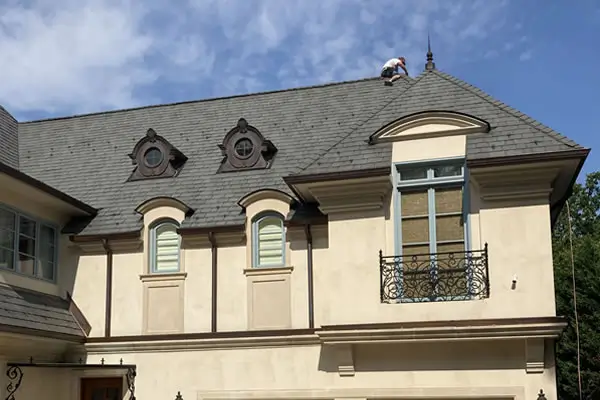
Residential Lightning Protection
Residential lightning protection systems are designed to install lightning rods on homes to safeguard property, occupants, and electronic equipment from the damaging effects of lightning strikes. We can install a concealed, partially concealed or exposed lightning system. Protect your home and property with NOVA residential lightning protection.
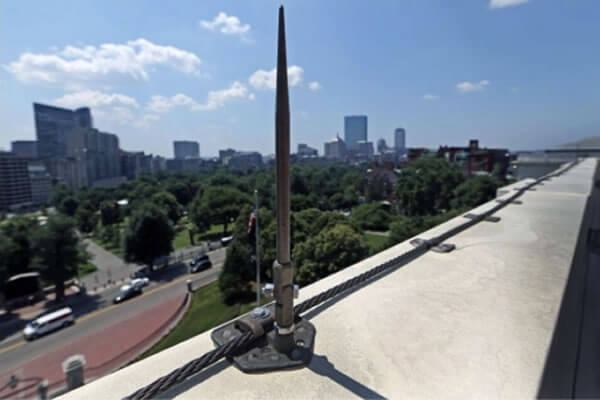
Commercial Lightning Protection
NOVA Lightning Protection installs commercial lightning protection systems to safeguard commercial buildings, structures, equipment and occupants from the devastating effects of a lightning strike. These systems typically include lightning rods, grounding systems, surge protection devices, and bonding of metallic components.
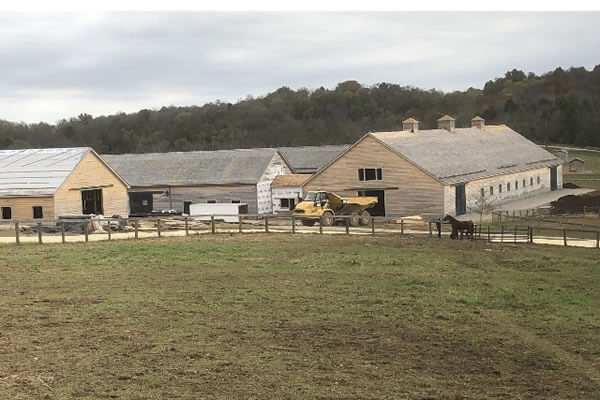
Lightning Protection for barns, stables, rural property
NOVA Lightning Protection offers lightning protection installation for rural properties, barns, stables, agricultural buildings and more. Lightning protection for barns can mitigate the risk of a lightning strike and ensure the safety of both the structure and any livestock or equipment housed within it.
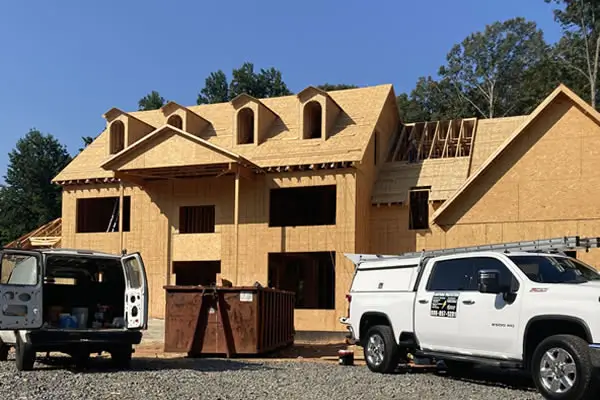
Lightning Rods for New Construction
Lightning protection rods, also known as lightning rods or air terminals, are critical components for safeguarding new construction from lightning strikes. Implementing a comprehensive lightning protection system in new construction is an investment in the safety and longevity of the building.
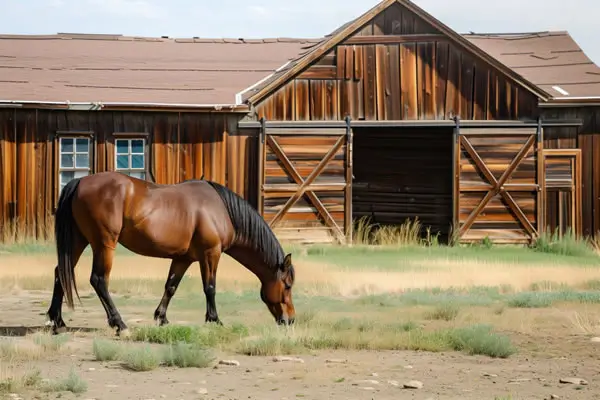
Lightning Rods for Stables
Safeguard your horses from the devastating effects of a lightning strike. By combining effective structural protection with proactive behavioral strategies, you can significantly enhance the safety of horses during lightning storms. Contact us today to learn more.
NOVA Lightning Protection Are Lightning Protection Specialists Providing Rods Installs For Commercial & Residential Lightning Protection Throughout Northern Virginia, Annapolis, Maryland, Washington, DC, West Virginia, North Carolina, South Carolina And Beyond. Get a free quote for lightning protection system. Call 571-839-4793 for a free quote.


